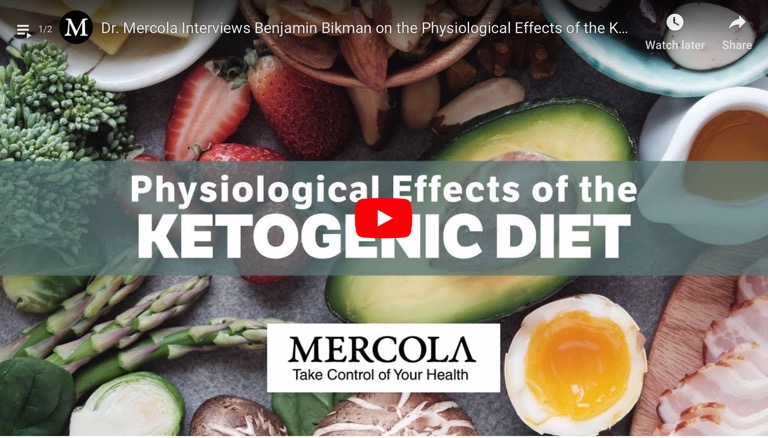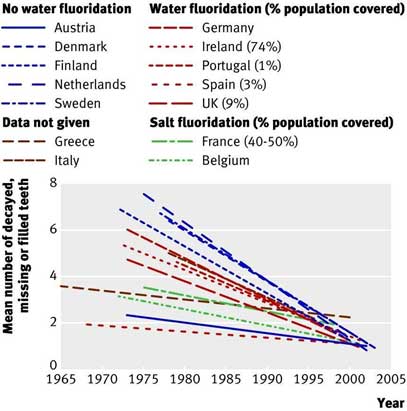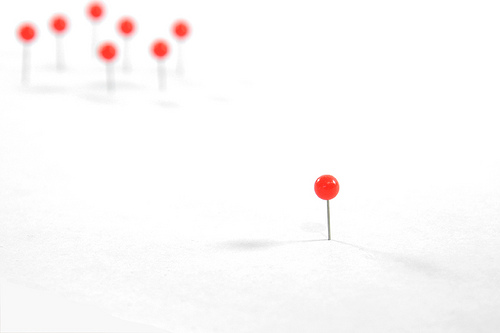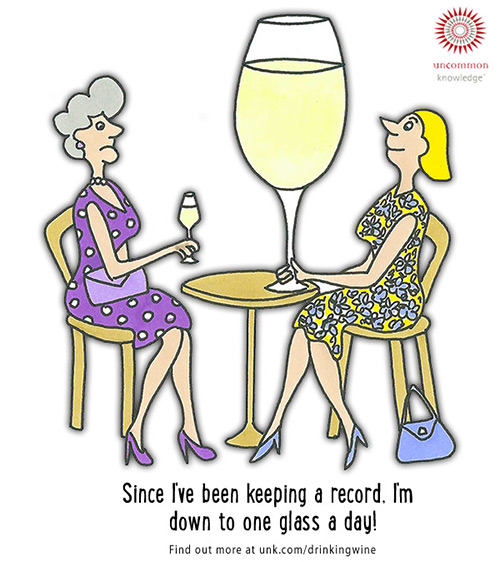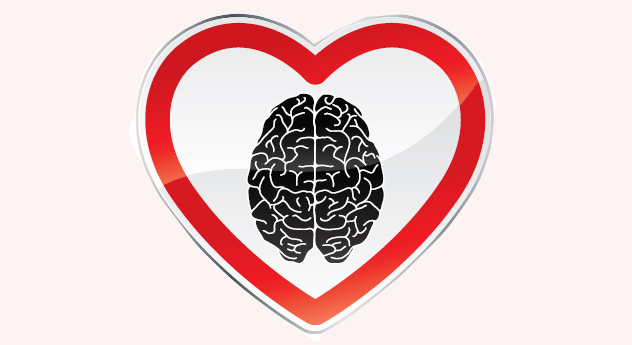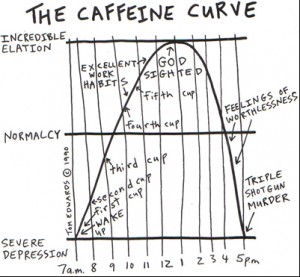by Dr. Mercola
STORY AT-A-GLANCE
- Insulin is key to health and disease prevention, and controlling your carbohydrate intake is the most effective way to control your insulin level and optimize your insulin sensitivity
- An estimated 80 percent of Americans are insulin resistant, even though their glucose levels are normal, and thus undiagnosed, placing them at increased risk for chronic disease
- A low-carb ketogenic diet addresses the endocrine aspect of metabolic health, effectively driving your insulin level down, and as your insulin decreases, your metabolic rate increases
- The mammalian target of rapamycin (mTOR) pathway controls autophagy and plays an important role in aging and cancer. While protein primarily activates mTOR and therefore needs to be restricted to just what your body needs, insulin, which is increased by sugar and refined carbohydrates, activates mTOR to a far greater degree than protein
- Aside from a ketogenic diet, intermittent fasting — where you do not eat for 16 to 18 hours a day; 12 hours being the absolute minimum — is another effective way to regain your insulin sensitivity and control mTOR
In this interview, Benjamin Bikman, Ph.D., an obesity and diabetes scientist and associate professor of physiology and developmental biology at Brigham Young University (BYU) in Utah,1 reveals how the ketogenic diet affects your physiology and supports optimal health.
“My main interest early on was looking at how the body adapts to obesity,” he says. “That was my master’s thesis. My master’s degree was exercise science here at BYU … I ended up pursuing a Ph.D. in bioenergetics at East Carolina University, under this wonderful scientist named Lynis Dohm, Ph.D.
His focus had been looking at how lipids cause insulin resistance. That was an interest of mine because I thought this was starting to explain why and how the body becomes insulin-resistant in the midst of obesity … Insulin resistance is that connection.
During my Ph.D., we were looking at inflammation in people who were losing weight following gastric bypass procedures and how improved inflammation is likely part of the improvements in insulin sensitivity that people see post-bypass.
I followed that up with a post-doctoral fellowship at … the Duke National University of Singapore. They had this focus on cardiometabolic disorders. I … looked at inflammation as a particular mediator there … Then in 2011, my alma mater, BYU, came knocking. They wanted to do more diabetes research, and I fit the requirements … That got me, essentially, to where I am now …
If I really am getting this conviction, based on my own research, that insulin is key to not only diabetes but to almost every chronic disease, what is the best way to control insulin? That was when I insisted on only looking at published human clinical data — not rodents, not cells, not epidemiology, just clinical data.
The low-carb diet was just this very effective way to do that. That then got me interested in asking questions about ketones, which is what my lab is doing … how ketones are regulated by insulin.”
Bikman’s conviction that insulin is a key to health and disease prevention, and that controlling carbohydrate intake is the most effective way to control insulin, led him to start practicing what he’d learned. He went on a low-carb diet about eight years ago. “Sure enough, at middle age, it’s helped me stay healthy,” he says.
Most Americans Are Insulin Resistant
Unfortunately, many, including doctors, still do not understand the influence of insulin on health and disease. The late Dr. Joseph Kraft, former chairman of the department of clinical pathology and nuclear medicine at St. Joseph’s Hospital in Chicago, wrote the book “Diabetes Epidemic and You: Should Everyone Be Tested?”
In it, he presents data that suggests 80 percent of Americans are in fact insulin resistant, or have “diabetes in situ.” Based on data from 14,000 patients,2 Kraft developed a powerful predictive test for diabetes.3 He would have the patient drink 75 grams of glucose, and then measure their insulin response over time, at half-hour intervals for up to five hours.
He noticed five distinctive patterns suggesting that a vast majority of people were already diabetic, even though their fasting glucose was normal. Only 20 percent of patients had healthy post-prandial insulin sensitivity and low diabetes risk. According to Kraft, “Those with cardiovascular disease not identified with diabetes … are simply undiagnosed.”
One of the take-home messages here is that insulin resistance and hyperinsulinemia (a condition marked by excess insulin in your blood relative to your level of glucose) are two sides of the same coin, as they drive and promote each other. In other words, if you have hyperinsulinemia, you are essentially insulin resistant and on your way toward developing Type 2 diabetes.
High Insulin Is a Key Disease Promoter
Both insulin resistance and hyperinsulinemia promote fatty liver and high blood glucose, and both of those, in turn, promote atherosclerosis. High blood pressure is another side effect of insulin resistance that drives atherosclerosis by placing stress on your arteries.
The effects of insulin resistance are really at the heart of most if not all chronic degenerative diseases. Diabetes, heart disease, cancer and Alzheimer’s are just a few of the most obvious ones. The logical conclusion then would be that addressing insulin resistance is a foundational component of effective health care. Bikman says:
“When I teach this to my students … I put insulin resistance in the core. Around it, I have all these chronic diseases. It’s what I call the ‘wheel of misfortune.’ Really, the most common cancers, prostate and breast cancers, almost always … will heavily express — by six or seven times — the number of insulin receptors. So, insulin is promoting the growth of the tumor.
With dementia, the connection between insulin resistance and Alzheimer’s is so tight that people refer to it as Type 3 diabetes. With sarcopenia, we know that if a muscle becomes insulin-resistant, that actually diminishes insulin’s ability to promote the anabolic production of proteins within the muscle …
We have to have our medical practitioners start appreciating … the utility [of] measuring insulin, because our focus on measuring glucose misses the mark. As someone’s becoming insulin-resistant, their insulin is climbing, but it’s enough to keep their glucose in check.
And because we always look at glucose, we don’t catch the disease until they become so insulin-resistant that no amount of their own insulin is enough to keep the glucose in check. Now, the glucose starts to climb — 10 years later, perhaps — and that’s when we detect the problem. We’re looking at the wrong marker.”
How the Ketogenic Diet Improves Insulin Sensitivity
The question then becomes, how do we treat insulin resistance? As Bikman’s research reveals, the ketogenic diet is part and parcel of the “cure” for this condition.
“For me, the benefit of a low-carb ketogenic diet is that it addresses the endocrine aspect of metabolic health,” _Bikman says. “For too long … the message has been completely focused on calorie number._
It is this idea that if you can simply put a person into caloric deficiency, they will lose weight — problem solved … But we know that has long-term consequences … There’s a lasting metabolic damage …
Nevertheless, the power of the low-carbohydrate diet is that it addresses the endocrine component. As important as calorie number is, and I can appreciate the laws of thermodynamics … we cannot ignore the relevance of hormones, especially insulin.”
As explained by Bikman, it’s important to realize that insulin is what dictates what your body does with the energy it has — the energy you consume and the energy you have stored. “Insulin has its strong, capable hands right on the steering wheel of what the body does with the energy that it has available,” he says.
Importantly, research shows your metabolic rate increases as insulin decreases. “To me, that’s the power of the low-carb diet. You’re controlling insulin, and that can start to address all of those chronic diseases,” Bikman says.
The Importance of Cycling High and Low Carbohydrate Intake
Do you find these posts helpful and informative? Please CLICK HERE to help keep us going!

